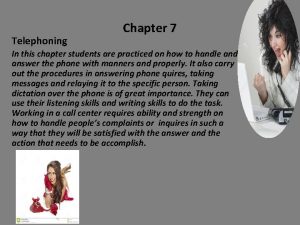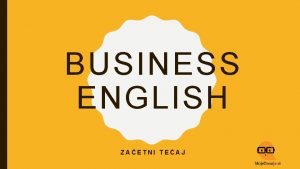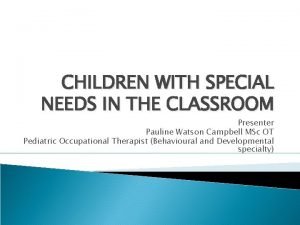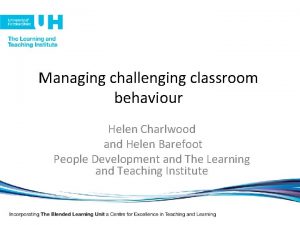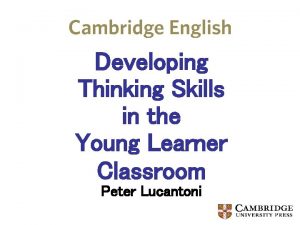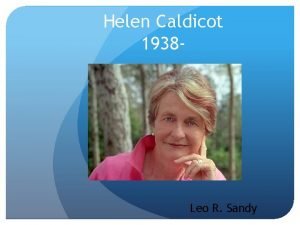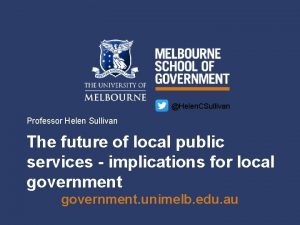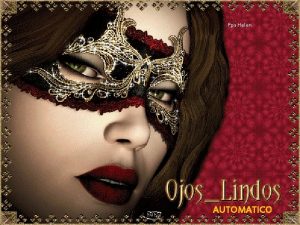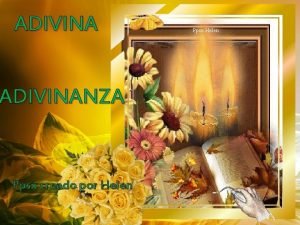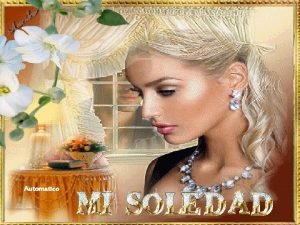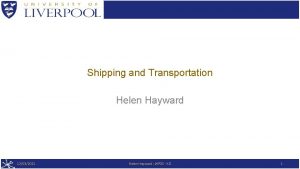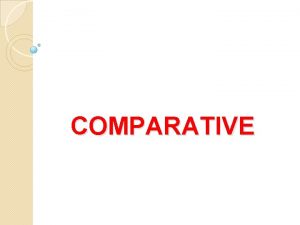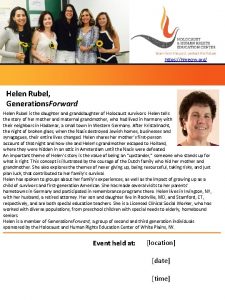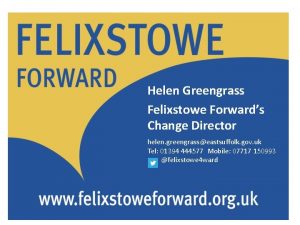Reading in the Young Learner Classroom Presenter Helen


































- Slides: 34

閱 英 讀 教 學 語 Reading in the Young Learner Classroom Presenter: Helen Chen Mostly adopted from Mr. Steven Murray Primary School Teacher Training Program Tainan, Feb. 2~4, 2015 分享者: 東信國小 陳曾文 104年 3月18日


What does it feel like to read a ‘foreign language’? Ce fut une grande et heureuse surprise, 15 ans après, de vous revoir. Malheureusement, nous aurions voulu vous garder à dîner, mais le temps était trop court. Cela nous aurait permis de bavarder plus longtemps, car il y avait des années à rattraper. Mais maintenant nous pourrons communiquer plus facilement grâce à “internet”. Je t‘écrirai en français pour que tu gardes la pratique de notre langue. Nous avons lu dans la presse qu’un typhonétait passé sur Taïwan et avait fait beaucoup de dommages. Nous avons bien pensé bien à vous. Nous vous gardons toute notre fidèle amitié, pour vousdeux et pour les enfants. Je te dis à bientôt par mail, avec mon meilleur souvenir pour toute la famille. Marie-Marthe

What is literacy? ‘Literacy unites the important skills of reading and writing. It also involves speaking and listening which, although they are not separately identified in the Framework, are an essential part of it. Good oral work enhances understanding of language in both oral and written forms and of the way language can be used to communicate. It is also an important part of the process through which pupils read and compose texts. ’ • The National Literacy Strategy: Framework for teaching Df. ES (1998)

How do literacy emerge? Observe others Learn to reading and speak and writing and listen imitate them Learn from through physical through play opportuniti action and gather es to Non-verbal experience interact communication through with others -Body language senses Start to learn formal features of written language at school, supported by plenty of listening and speaking activities

Why do we promote reading in the YL classroom? • Learning to read makes learners more fully rounded in their language skills. • The cognitive processes involved in speaking, listening, reading and writing are interdependent, so work on any one of the skills is beneficial to the others. • Reading is helpful and appealing for children with visual learning styles. • The sooner children start to read in English, the sooner they will be able to use reading to learn about English and to expose themselves to English outside the classroom. • Reading becomes increasingly important as learners get older, so we are laying the foundations for later language development. • Reading (and writing) are involved in many productive and fun language learning activities, which could otherwise not be used.

Why do we promote reading in the YL classroom? • Teaching reading fits in with children’s and parents’ expectations of what should be learnt. Reading (and writing) are often seen as ‘real’ work. • Reading can be an aid to memorisation. • Reading can improve oral ability. • Not teaching reading (and writing) can slow down students’ overall progress. • Children can transfer skills from their own language and viceversa, thus further developing an integrated approach towards learning. • Knowing how to read opens up a world of reading in English both for pleasure and purpose. • Reading stories helps children to access the culture of the language they are studying.


Procedure language • Used by the teacher to set up the activity Functional language • Needed by the students to complete the activity Target language • What we teach: vocabulary, sentence patterns…

Procedural Language You’ll need to work in pairs/groups. Everyone needs to take part. Open your book to page …. First, you need to… After that, …. Then, …. Finally…. You have ten minutes to complete this task. Extra points will be rewarded for using only English. • When you hear the bell ring, switch partners. • •

Functional Language • • • What shall I do next? What do we have to do now? Speak more slowly, please. Can you help me (with that) , please? What does “jigsaw” mean? How do you say “軍人” in English? How do you spell “whale”? Can you repeat the sentence again, please? I’ve done/finished this.

What do you see?

Find as many words as you can… You can only use each letter once per word… You have got two minutes… W S T I A K J U N L E G

What can you see in the jungle? I can see a …

Question – group 1 1) What animals did she see in the jungle? 3) What animal was chasing after her in the ocean? 5) What animal did she see in the mountains? 7) What animal was chasing after her in the river? 9) How would you feel if a snake was chasing after you? I don’t know. Please tell me. How do you spell “toucan”? 15

Question – group 2 2) What animal was chasing after her in the jungle? 4) What animals did she see in the ocean? 6) What animal was chasing after she in the mountains? 8) What animals did she see in the river? 10) How would you feel if a polar bear was chasing you? I don’t know. Please tell me. How do you spell “butterfly”? 16

Re-order these sentences from our story through / jungle /the /Walking see / you / do / What / ? see / a / bear / I / think / polar / I home / supper / for / Running around / the / back / and /world / been / I’ve 17

1) Gap fill - Put the words from the word box into the right gaps A B C D A _______ B _______ C _______ D _____________ E crocodile, after, snap, river, What Now check your answers with your partner 18

2) Matching activities – Match the animals with their sounds Now check your answers with your partner 19

3) Ranking activities – List these animals in order from most dangerous to least dangerous 1) _______ 2) _______ 3) _______ 4) _______ 5) _______ 6) _______ 7) _______ Now compare you answers with your partner to see if you have the same ideas 20

Reading activities: Let’s make our reading circle 21

Let’s read… • Make your reading circle: 1) Listen and follow the story in your books. 2) Listen and read at the same time. 3) Read individually in your circle. 4) Read individually in your circle. – Teacher checks understanding with comprehension questions. 5) Teacher you’re wrong : Shout ‘teacher you’re wrong’ when you hear your teacher make a mistake. 6) Teacher you’re wrong : Shout the right word when you hear your teacher make a mistake. 7) Teacher you’re wrong : Do the special action when you hear your teacher make a mistake. 22

After reading… 1) Reading comprehension quiz. 2) Reading comprehension quiz with actions. 3) Reading comprehension quiz with miniwhiteboard. 4) Find the word quiz. 5) Find the word and spell it! 6) Find the word and use it in a sentence of your own. 7) Write your own quiz questions. 23

Let’s play “Back to the board”





father your dad

boy Yoyo’s brother

music You can sing and dance.

PE Jack’s favorite subject

http: //www. wordle. net

Thank you for listening.
 Eager leaner
Eager leaner Helen midtown computer solutions helen speaking
Helen midtown computer solutions helen speaking Teaj
Teaj Classroom presenter download
Classroom presenter download Classroom presenter
Classroom presenter Pre reading while reading and post reading activities
Pre reading while reading and post reading activities Smart classroom vs traditional classroom
Smart classroom vs traditional classroom Hát kết hợp bộ gõ cơ thể
Hát kết hợp bộ gõ cơ thể Lp html
Lp html Bổ thể
Bổ thể Tỉ lệ cơ thể trẻ em
Tỉ lệ cơ thể trẻ em Gấu đi như thế nào
Gấu đi như thế nào Tư thế worm breton
Tư thế worm breton Chúa sống lại
Chúa sống lại Các môn thể thao bắt đầu bằng tiếng chạy
Các môn thể thao bắt đầu bằng tiếng chạy Thế nào là hệ số cao nhất
Thế nào là hệ số cao nhất Các châu lục và đại dương trên thế giới
Các châu lục và đại dương trên thế giới Công thức tiính động năng
Công thức tiính động năng Trời xanh đây là của chúng ta thể thơ
Trời xanh đây là của chúng ta thể thơ Mật thư anh em như thể tay chân
Mật thư anh em như thể tay chân 101012 bằng
101012 bằng Phản ứng thế ankan
Phản ứng thế ankan Các châu lục và đại dương trên thế giới
Các châu lục và đại dương trên thế giới Thể thơ truyền thống
Thể thơ truyền thống Quá trình desamine hóa có thể tạo ra
Quá trình desamine hóa có thể tạo ra Một số thể thơ truyền thống
Một số thể thơ truyền thống Cái miệng bé xinh thế chỉ nói điều hay thôi
Cái miệng bé xinh thế chỉ nói điều hay thôi Vẽ hình chiếu vuông góc của vật thể sau
Vẽ hình chiếu vuông góc của vật thể sau Biện pháp chống mỏi cơ
Biện pháp chống mỏi cơ đặc điểm cơ thể của người tối cổ
đặc điểm cơ thể của người tối cổ Ví dụ về giọng cùng tên
Ví dụ về giọng cùng tên Vẽ hình chiếu đứng bằng cạnh của vật thể
Vẽ hình chiếu đứng bằng cạnh của vật thể Tia chieu sa te
Tia chieu sa te Thẻ vin
Thẻ vin đại từ thay thế
đại từ thay thế

